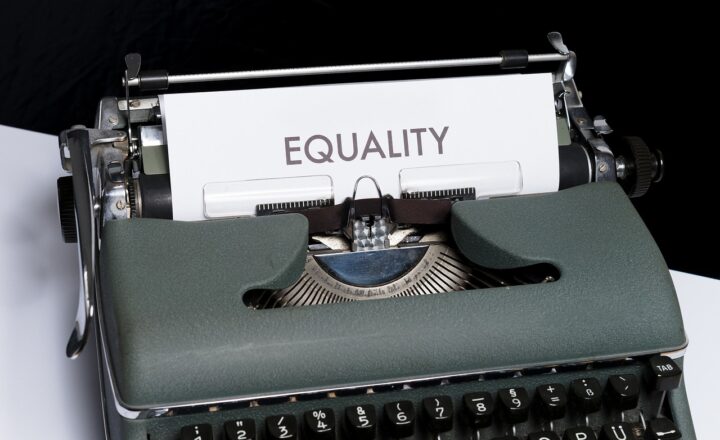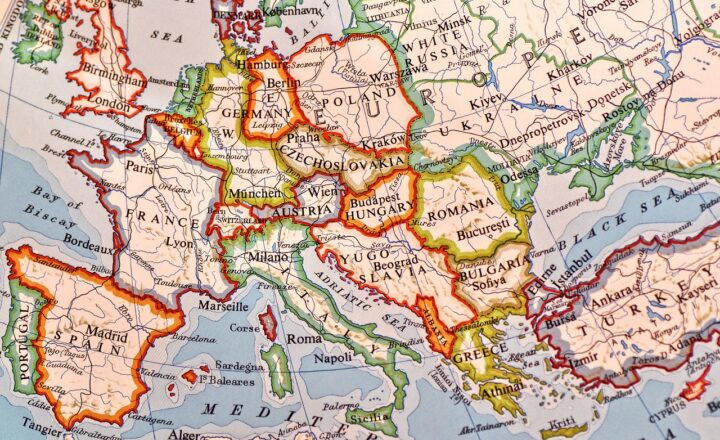Why Multilateral Agreements Are Essential for Controlling Global Arms Races
November 16, 2024

In the complex landscape of international relations, arms races pose a significant threat to global security and stability. The competition between nations to acquire sophisticated weaponry often escalates geopolitical tensions and can lead to catastrophic military conflicts. In response to these challenges, multilateral agreements have emerged as vital tools for regulating arms control and preventing the proliferation of dangerous weapons. This article delves deep into the significance of multilateral agreements in controlling global arms races and fostering international cooperation in security affairs.
1. Understanding Arms Races
An arms race can be defined as a situation in which countries continuously enhance their military capabilities in response to perceived threats from one another. This often leads to a cycle of escalating military expenditure and the development of advanced weapon systems. The Cold War arms race between the United States and the Soviet Union serves as a historical example, where both superpowers amassed impressive stockpiles of nuclear weapons, prompting fears of mutually assured destruction.
– **Characteristics of Arms Races:**
- Increased military spending and technological innovation.
- Heightened national security concerns and perceived threats.
- Shift in power balances and regional rivalries.
Arms races often lead to misunderstandings and miscalculations, which can escalate tensions and provoke conflicts. Thus, it becomes essential to establish frameworks that promote transparency and build trust among nations.
2. The Role of Multilateral Agreements
Multilateral agreements involve multiple countries committing to certain norms and regulations aimed at achieving specific objectives. In the context of arms control, these agreements seek to limit or reduce the spread and development of weapons. The benefits of multilateral agreements are manifold:
– **Collective Problem-Solving:**
Countries can work together to identify threats and devise strategies to mitigate risks associated with arms proliferation.
– **Building Trust:**
These agreements foster an environment of cooperation and transparency, helping to reduce suspicions and fears among nations.
– **Norm Setting:**
Establishing agreed-upon standards provides guidelines for acceptable behavior in the international arena, ultimately discouraging reckless arms accumulation.
Several key multilateral agreements have made significant impacts on arms control, including:
– **The Treaty on the Non-Proliferation of Nuclear Weapons (NPT):**
Enacted in 1968, the NPT is one of the most crucial treaties aimed at preventing the spread of nuclear weapons. It encourages peaceful uses of nuclear energy while promoting disarmament among nuclear-capable states.
– **The Comprehensive Nuclear-Test-Ban Treaty (CTBT):**
Aiming to ban all nuclear explosions, the CTBT establishes a global norm against nuclear testing, promoting disarmament efforts.
– **The Conventional Armed Forces in Europe Treaty (CFE):**
This treaty focuses on limiting conventional military equipment in Europe, thereby reducing the chances of conflict through transparency and verification measures.
3. The Necessity of Diverse Participation
For multilateral agreements to be effective in controlling arms races, it is crucial that they include a diverse range of countries, particularly major military powers. Without the participation of key nations, agreements can fall short of their objectives.
– **Engaging Emerging Powers:**
As new military powers emerge on the global stage, engaging them in arms control discussions is vital to prevent their potential participation in arms races. Countries such as China and India are increasingly significant players in global security dynamics and must be included in multilateral efforts.
– **Incentivizing Participation:**
Providing strategic incentives for nations to comply with agreements can foster participation and adherence. This may involve economic assistance, technological cooperation, or security guarantees for states that engage in arms control measures.
4. Challenges Facing Multilateral Agreements
While multilateral agreements hold immense potential, they also face significant challenges that can undermine their effectiveness:
– **Distrust Among Nations:**
Historical grievances and national interests often lead to skepticism about the goals of multilateral arms control agreements. Countries might fear that others will not comply, leading them to pursue their military objectives regardless.
– **Verification Mechanisms:**
Ensuring compliance is a major hurdle for multilateral agreements. Effective verification mechanisms that can monitor compliance transparently and impartially are crucial but can be politically contentious.
– **Changing Geopolitical Landscapes:**
The emergence of new threats, such as cyber warfare and non-state actors, requires a reevaluation of current arms control paradigms, stressing the need for adaptability in multilateral frameworks.
5. The Future of Arms Control: A Focus on Multilateralism
As the international security landscape evolves, the role of multilateral agreements in controlling arms races will become increasingly essential. In a world characterized by rapid technological change and shifting power dynamics, cooperation through multilateral agreements will be critical for promoting security and reducing tensions.
– **Adapting to New Threats:**
It is vital for multilateral agreements to evolve in response to emerging security challenges. This involves updating existing treaties and creating new frameworks that address contemporary threats, such as artificial intelligence and autonomous weaponry.
– **Enhancing Public Awareness:**
Educating and engaging civil society on the importance of arms control initiatives can generate public support and pressure governments to adopt and adhere to multilateral agreements.
– **Strengthening International Institutions:**
Global organizations like the United Nations and regional bodies must take active roles to facilitate discussions and negotiations in arms control, ensuring a robust platform for dialogue among nations.
Conclusion
In conclusion, multilateral agreements play a vital role in controlling global arms races and promoting international security. By fostering cooperation, building trust, and setting norms, these agreements can mitigate the dangerous dynamics of arms proliferation. Despite facing formidable challenges, their significance in addressing contemporary security threats cannot be overstated. As nations come together to tackle the pressing issues of arms control, the future of global stability hinges on maintaining and strengthening these collaborative frameworks.
As we advance into an era of unprecedented technological advancements and evolving geopolitical challenges, the call for multilateral cooperation in arms control has never been more urgent. Only through collective efforts can we hope to achieve a safer and more secure world for future generations.







